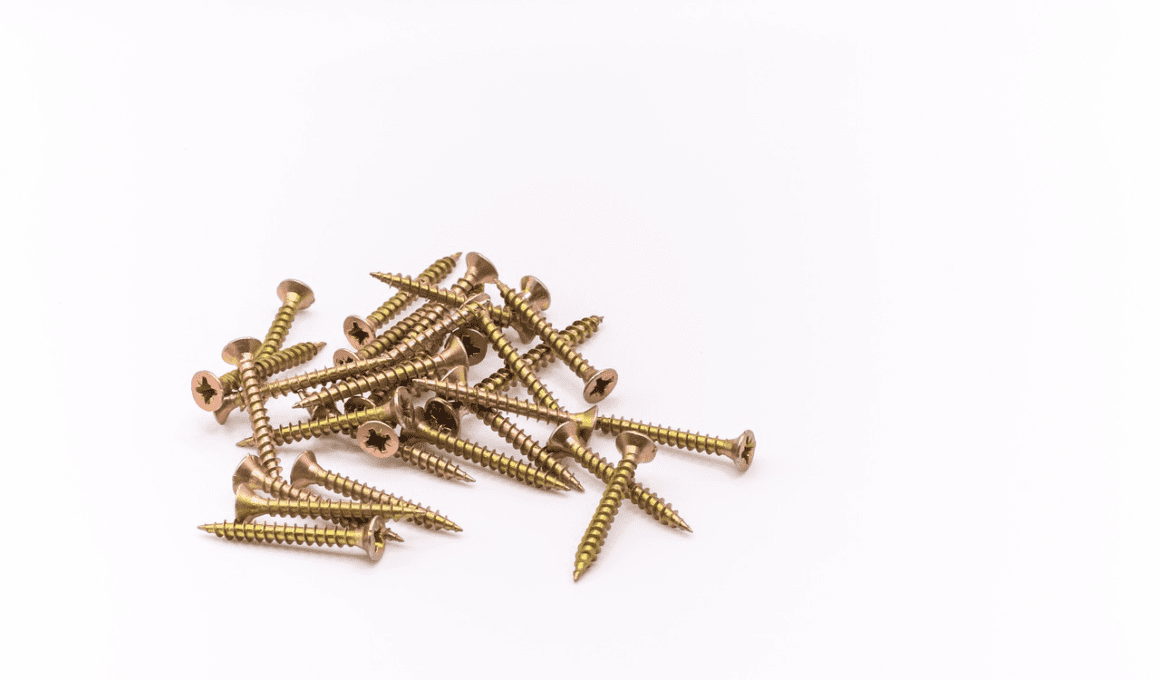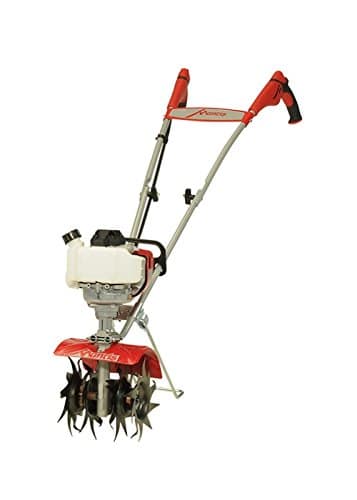Are you tired of dealing with a problem tree in your yard? Have you heard of using copper nails to kill trees but thought it was just a myth?
Well, it’s time to debunk that myth because copper nails can actually be deadly to trees. Copper reacts with moisture and oxygen in the tree trunk to create toxic compounds that damage the tree’s cells and prevent nutrient flow. This process, known as copper toxicity, can take anywhere from two months to a few years for a tree to die.
But before you start hammering away with copper nails, there are important tips and cautions to keep in mind to ensure your safety and the safety of those around you. So, let’s explore the use of deadly copper and learn how to effectively eliminate problem trees in your yard.
Quick Takeaways
- Copper nails can be used to kill trees by damaging their cells and preventing nutrient flow.
- Pure copper nails or spikes should be used, and trees with trunks no larger than 6-8 inches in diameter are best suited for copper nail treatment.
- It can take anywhere from two months to a few years for a tree to die from copper toxicity, and caution should be taken when removing a dead tree to avoid injury from the nails.
- Copper sulfate can also be used to kill tree stumps by drilling holes and filling them with the chemical, and large trees may not be effectively killed by copper nails.
Tree Killing with Copper
If you have a troublesome tree in your yard, you can use copper nails to kill it. Copper toxicity damages the cells of a tree, preventing nutrient flow and ultimately leading to the tree’s death. This method is effective for trees with trunks no larger than 6-8 inches in diameter.
However, it’s important to consider the environmental impact of using copper nails to kill trees. Copper is a heavy metal that can accumulate in soil, water, and plants, potentially harming wildlife and the ecosystem. It’s recommended to use this method sparingly and only as a last resort for problematic trees.
Consider other methods of tree removal or consulting with a professional arborist before resorting to copper nails.
Can Epsom Salts Kill Trees Like Nails Can?
The notion that you can kill trees with epsom salts is just a myth. Epsom salts may have certain benefits in gardening, but they won’t harm or kill trees like nails can. Epsom salts are primarily used as a magnesium supplement for plants, aiding in chlorophyll production and overall growth.
How it Works
To make a tree die using copper, you need to damage its cells and prevent nutrient flow. This can be achieved by using pure copper spikes.
When copper reacts with moisture and oxygen in the tree trunk, it creates toxic compounds that can kill the tree over time. The science behind copper toxicity is that it disrupts the tree’s ability to absorb nutrients and water, leading to its eventual demise.
When deciding between copper nails and copper sulfate to kill a tree, it’s important to consider which is more effective. While both methods can be successful, copper nails are typically preferred because they can be inserted directly into the tree, whereas copper sulfate requires drilling holes and filling them with the chemical.
Additionally, copper sulfate can be harmful to the surrounding environment, making copper nails a safer and more practical option. However, it’s important to note that large trees may not be effectively killed by copper nails alone and may require additional measures such as copper pipe sections around the roots.
Tips and Cautions
Before attempting to eliminate a problem tree in your yard, it’s important to consider some helpful tips and cautions. First and foremost, prioritize tree safety. Make sure the tree is not near any power lines or structures that could be damaged during the removal process. If you are unsure about the safety of removing the tree yourself, it is best to hire a professional. Additionally, be mindful of the potential impact on the environment. Consider eco-friendly alternatives to killing the tree, such as trimming or pruning instead of complete removal.
To further help you make an informed decision, below is a table summarizing the important tips and cautions to keep in mind when using copper nails to kill a tree. Remember to exercise caution and patience to ensure a safe and effective removal process that is both environmentally friendly and efficient.
| Tips | Cautions |
|---|---|
| Choose pure copper nails or spikes | Avoid using copper-plated products |
| Use nails that are at least three inches long | Large trees may not be effectively killed |
| Use thicker nails for better effectiveness | It can take anywhere from two months to a few years for a tree to die |
| Consider using eco-friendly alternatives | Use caution when removing a dead tree to avoid injury from the nails |
Frequently Asked Questions
What other methods can be used to kill trees besides copper nails?
If you’re looking for alternative ways to kill trees, you could try bark stripping or using chemical herbicides. Be careful with herbicides and follow instructions closely to avoid harming other plants.
Can copper nails be used to kill trees in all types of soil?
Copper nails may not be effective in killing trees in all types of soil. Soil suitability can affect the reaction between copper and the tree. Copper nail alternatives, such as herbicides, may be more suitable for certain soil types.
Is there any risk of the copper from the nails leaching into nearby plants or water sources?
Using copper nails to kill trees may cause potential copper contamination in nearby plants and water sources. It is important to consider the environmental impact and use caution when using this method to eliminate problem trees in your yard.
Can copper nails be used to kill trees in the winter when the tree is dormant?
Yes, copper nails can be effective for tree removal during dormancy, but other methods may be more effective. Using copper sulfate or cutting the tree’s bark and applying herbicide can be more efficient. Always follow safety guidelines when handling chemicals.
How can you tell if a tree is dead after using copper nails to kill it?
After using copper nails to kill a tree, check for signs of death such as brown leaves and lack of growth. To confirm, use measuring methods like a scratch test or inspecting the roots. To prevent future damage, properly dispose of the dead tree and take preventive measures like planting new trees away from structures.









